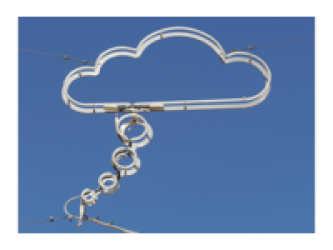meta data for this page
Differences
This shows you the differences between two versions of the page.
| Both sides previous revisionPrevious revisionNext revision | Previous revision | ||
| tectonicwaters:2013:0628_graticules_for_plate_tectonic_reconstructions [2020/12/29 21:49] – ↷ Page moved and renamed from tectonicwaters:2020:1229_graticules_for_plate_tectonic_reconstructions to tectonicwaters:2013:0628_graticules_for_plate_tectonic_reconstructions christian | tectonicwaters:2013:0628_graticules_for_plate_tectonic_reconstructions [2023/11/16 20:44] (current) – christian | ||
|---|---|---|---|
| Line 6: | Line 6: | ||
| ====== Graticules for plate tectonic reconstructions ====== | ====== Graticules for plate tectonic reconstructions ====== | ||
| + | |||
| + | TLDR: | ||
| + | * Downloadable graticule ('' | ||
| + | * Repository for the Python-based graticule creation is [[https:// | ||
| + | |||
| + | |||
| Plate tectonic reconstructions require to have some present-day markers so that any person reading or looking at the results can correlate the paleo plate positions and continents with present day. Things did indeed look quite a bit different back then... Usually the present-day coastlines are used a such a marker, but [[http:// | Plate tectonic reconstructions require to have some present-day markers so that any person reading or looking at the results can correlate the paleo plate positions and continents with present day. Things did indeed look quite a bit different back then... Usually the present-day coastlines are used a such a marker, but [[http:// | ||
| Line 13: | Line 19: | ||
| When I started to work on [[http:// | When I started to work on [[http:// | ||
| - | The result of this is a short script called " | + | The result of this is a short script called " |
| <code bash> | <code bash> | ||
| - | git clone https://bitbucket.org/chhei/gptools.git | + | fossil |
| </ | </ | ||
| - | or simply | + | or download a zipped archive (either from [[https://code.paleoearthlabs.org/ |
| <code bash> | <code bash> | ||
| Line 34: | Line 40: | ||
| will create the following file for GPlates (by default the output name for the file is '' | will create the following file for GPlates (by default the output name for the file is '' | ||
| + | {{ : | ||
| + | |||
| + | Once you load plate polygons into GPlates along with the graticule lines, you can use the cookie-cutting functionality in GPlates to cut the lines and assign individual plate IDs along with an "age of appearance" | ||
| + | |||
| + | {{ : | ||
| + | |||
| + | Once you have cookie-cut and age-assigned the graticule lines, you can reconstruct them like any other feature in GPlates. Note that areas without plate ID and changed ages of appearance will not display once you step back beyond 0 Ma (present day). Here's another screenshot: | ||
| + | |||
| + | {{ : | ||
| + | |||
| + | If you now export your reconstruction as set of GMT files, you can now use GMT's psxy to plot a graticule mesh on top of your reconstruction maps using various line styles. A last example from my South Atlantic maps: | ||
| + | |||
| + | {{ : | ||
| + | Similarly, this will also work when using GPlates' | ||
| + | Happy map making. For bug reports and improvement suggestions please use the [[hhttps:// | ||
| ~~DISCUSSION~~ | ~~DISCUSSION~~ | ||

